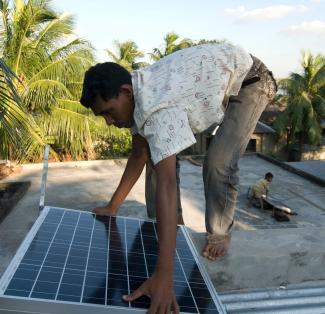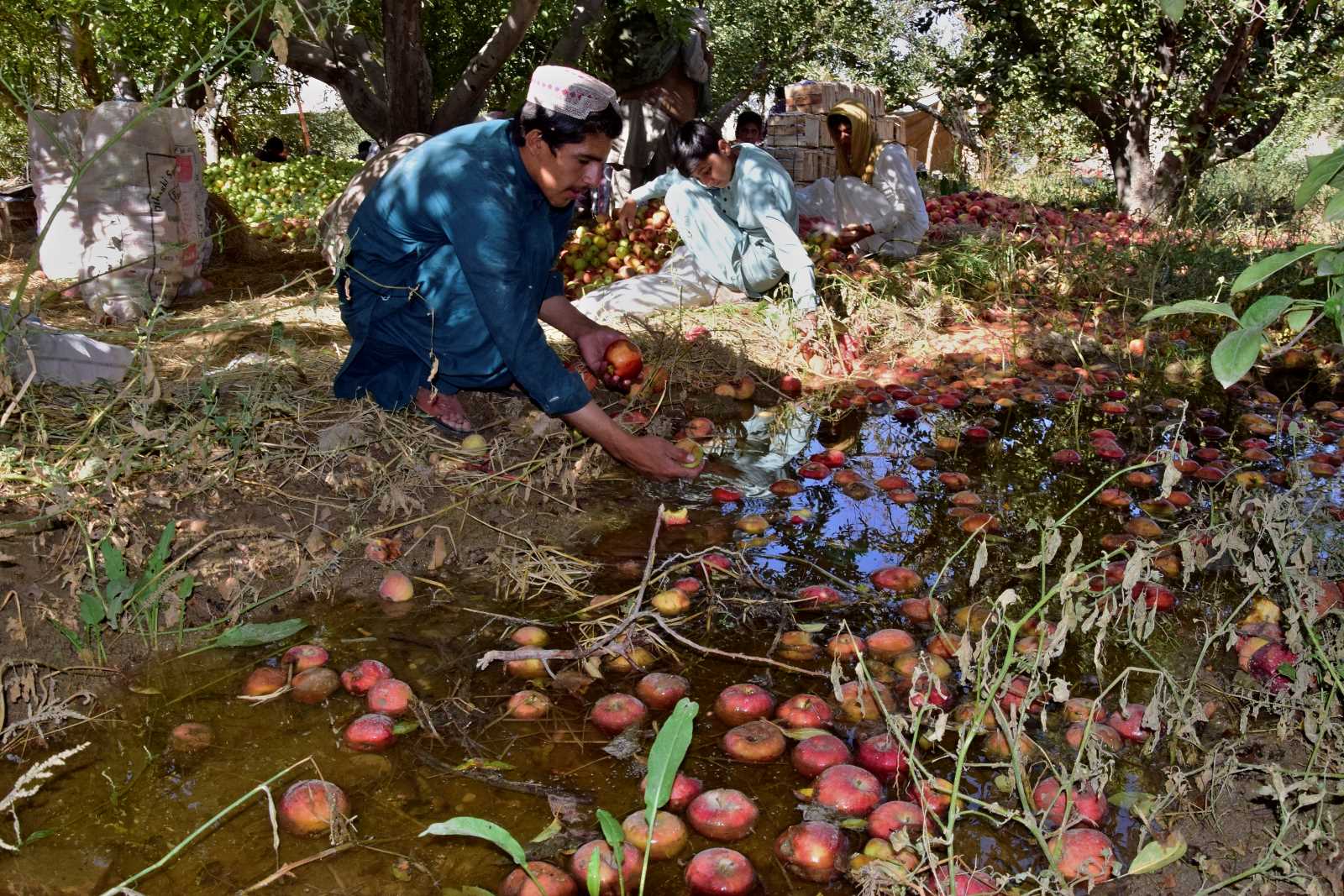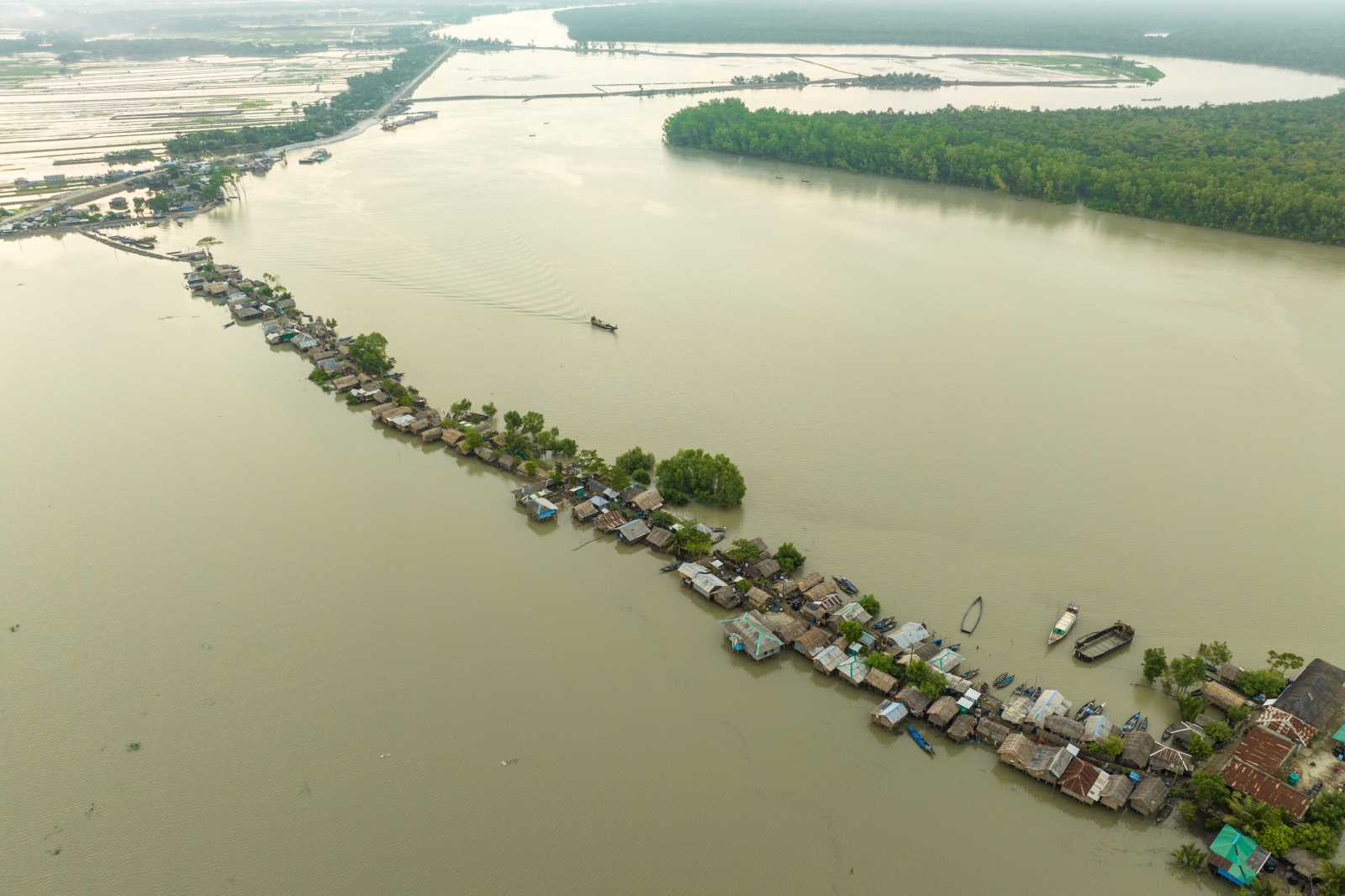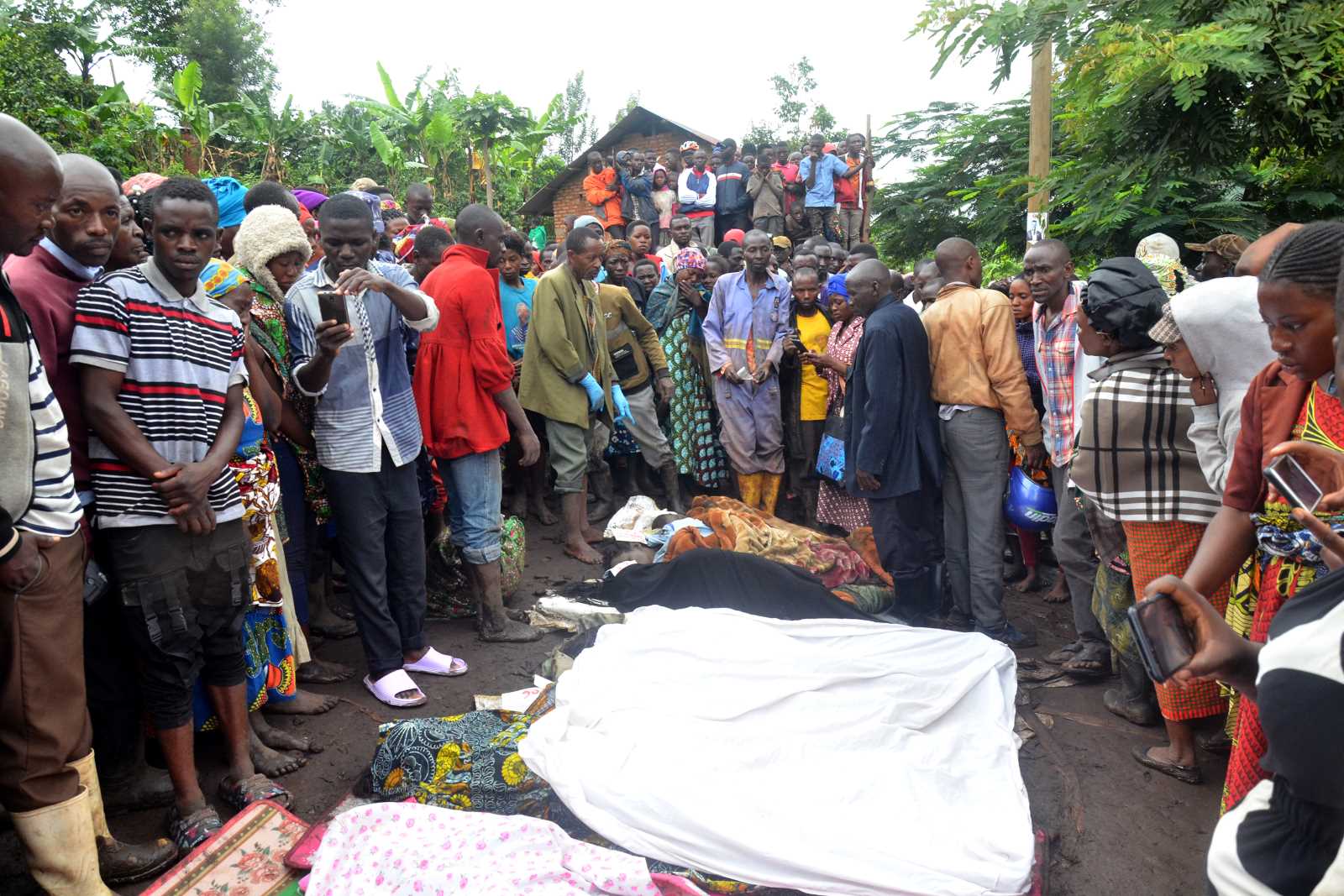Electricity
Clean energy

Modern civilisation depends on energy. In Bangladesh, electric-power generation mostly relies on natural gas and other fossil fuels. Power stations pollute the environment and emit large amounts of carbon dioxide, contributing to climate change.
Renewable energy is the cleaner and more sustainable alternative. Its availability is linked to geographic location and climatic parameters, including temperature, rainfall, air velocity, sunshine duration and humidity. Bangladesh’s geography provides good opportunities for renewable energy.
The government of Bangladesh wants to fully electrify the country by 2020. Currently, 38 % of the people still do not have access to electricity. About 89 % of electric power is generated from natural gas. The share of renewable energy is a mere 0.5 %. To meet energy needs, the government is currently establishing a nuclear power plant and a coal-based one. Environmental organisations strongly oppose both, considering them to be unsustainable and dangerous. They worry about accidents, the disposal of nuclear waste, air pollution and carbon emissions.
Harnessing climate data
It is safer and environmentally less destructive to generate electricity from wind and solar radiation. Both is feasible in Bangladesh. National and international experts see favourable conditions. It matters, moreover, that grid expansion will not be possible in many parts of the country in the near future. Grid expansion is expensive and does not make sense in remote areas that are hard to reach – for instance, because of major water bodies – or where there are only few consumers with sufficient purchasing power. In such places, renewable sources make off-grid solutions viable and affordable.
Climate data is available online. I have developed a web application that can help people to use such data. It analyses and visualises long-term average temperatures, wind speeds, hours of sunshine, relative humidity and average rainfall. Users of the app navigate a map of Bangladesh. Different layers show the potential of different renewable options in specific places. It uses the lowest administrative unit, providing specific information for the areas covered by the police stations (“thanas”).
Various efficiency criteria are used to identify the best renewable energy option for every place. There are options beyond power generation, including solar cookers for example. They are indicated too. Of course, users are free to use the information as they think is best.
From very early ages, coastal people in Bangladesh used solar exposure to make dry fish. Up-to-date solar dryers work best when the temperature is high and the relative humidity is low. They require space, which is generally available in rural areas. The efficiency of solar cookers and ovens basically depends on hours of sunshine and temperatures. Strong winds can affect efficiency.
Areas with more than six hours of daily sunshine and low wind speeds are best. My app provides this kind of information too.
Bangladesh’s solar exposure is high, and photovoltaic cells are available all over the country. However, it makes sense to choose devices that suit a location’s temperature. Heat reduces the efficiency of solar cells, and solar panels must work well when temperatures are high, which is the case in many places.
Coastal regions and mountain areas provide the most favourable conditions for producing economically viable wind power. The minimum wind velocity is three to four meters per second. The best areas for wind-power instalments are the coastal region and the Chittagong hills.
My app offers rainfall data too. Rainwater can be stored in collection tanks on top of houses and drained to the kitchen and toilet for domestic use. If schemes are designed well, natural water flows can be used to pump water into storage tanks. My app uses three categories: areas with high pump rates, moderate pump rates and low pump rates. The potential for rain water collection is best in the eastern part of the country due to the slopes.
The app can guide government agencies, private-sector companies and civil-society activists. It can boost the understanding of the potential of renewable energy and drive implementation at the local level, maximising power generation for sustainable development. The app can also be used to assess the marketing potential for specific devices.
Bangladesh needs sustainable energy infrastructure. It is a tropical delta country with a vast network of rivers and channels. Soils are fertile, but land is limited, so the scope for farming is limited too. Energy demand is increasing due to economic growth, rapid urbanisation and industrialisation. The country is densely populated, and that is set to get worse. Though annual population growth has declined dramatically from almost three percent in 1980, it was still 1.1 % in 2016, according to World Bank statistics.
Of course, my app can be reproduced in other countries. All over the world, climate data is becoming more important – not least in regard to energy production.
Md Reaid Alam is a geographer from Bangladesh who is currently a post-grad student at the University of Applied Sciences Stuttgart. His master programme is involved in AGEP – the German Association of Postgraduate Programmes with special Relevance to Developing Countries. He designed the app described in the essay in Stuttgart.
riad_alam@yahoo.com
Link
To get an idea of how the app works, please go to:
http://www.arcgis.com/apps/View/index.html?appid=e306dd97ab4548f4ba7d6b0f6a888e7b&extent=81.0917,20.0669,99.5488,29.4211












